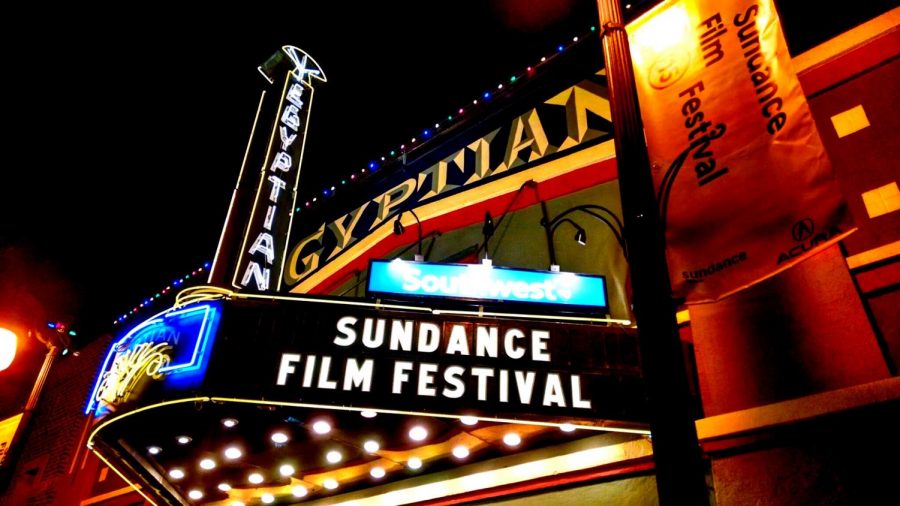Witches and Waitlists at Sundance
February 19, 2019
College is notorious for being a period of supreme business, but that does not mean that we should not have fun. The Sundance Film Festival was something definitely worth going to. My passion for film spurred my family and I to journey to Park City, Utah. It’s a worthwhile experience for anyone willing to let film open their eyes.
My family does everything last-minute, so we arrived as the least prepared attendees of the festival. We ended up seeing the only movie still available at that point: a Serbian kids’ film called “The Witch Hunters.” We gave my dad much grief when youngsters poured into the empty seats and Serbian subtitles appeared on screen, but our karma came in the form of a great film. “The Witch Hunters” rocked. It featured two adorable costars, one of whom had partial cerebral palsy and dreams of being a superhero; together they teamed up to take down the evil stepmother.
Director Rasko Milikjovic spun a dark narrative around juvenile themes, evident in the children’s plans to stick a pin in the antagonist’s brain stem, or “the core of life.” The film was nonetheless heartwarming, and while I normally pride myself on my stoic expression in the cinemas, the nostalgia and innocence of childhood brought me close to tears.
I can condense my experience at Sundance into one word: rushed. We waitlisted every movie, so we had to be at the theater 30 minutes prior to each showing. Sundance regulars might cringe, but I would not have conducted my first film festival experience differently.
To waitlist a movie, you must learn to navigate the Sundance app with ease. We all had to tap “join waitlist” at the speed of light. Sundance would then randomly assign us our respective numbers that represented the place we would hold in line, and our consequent likelihood of getting into a film. I was frustrated by the waitlist process at first. However, it grew on me as a suspenseful game of trial and error, a source of laughter with my family as they failed to operate technology and a foundation of hope that we could be the lucky ones who had a low enough number to see a sold-out, sought-after film.
Our first successful waitlist encounter was “The Last Tree,” a film by Shola Amoo about a Nigerian boy who struggles to adjust to his ever-changing surroundings. The film is divided into a trilogy as he migrates between living situations, and the audience must question what constitutes a home. A Q&A with the cast and director followed.
This session was perhaps the most special part of Sundance. The dialogue with the director metamorphosed into a script the audience constructed: a discovery of symbolic ambiguity, an elimination of cliffhangers, an unpacking of subtlety and an explanation of the casting and filming process. These interactions impressed upon me why Park City takes so much pride in the festival and why people flock to it. Sundance Film Festival truly was a special experience, and I felt lucky to be there.












